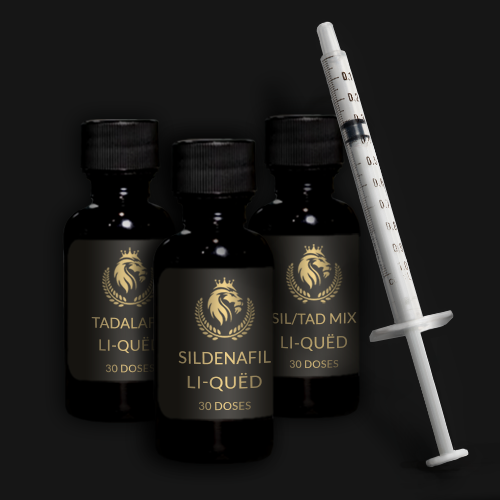Elsevier’s Integrated Review Pharmacology (Second Edition), 2012
Pharmacokinetics
Mark Kester PhD, Kent E. Vrana PhD
Sublingual and oral
Medications that are administered sublingually dissolve under the tongue, without chewing or swallowing. Absorption is very quick, and higher drug levels are achieved in the bloodstream by sublingual routes than by oral routes because (1) the sublingual route avoids first-pass metabolism by the liver (Fig. 1-2), and (2) the drug avoids destruction by gastric juices or complexation with foods. Remember that drugs absorbed from the gut travel first to the liver via the portal vein. Drugs absorbed through the intestine may, thus, reach systemic circulation at a concentration significantly below the initial dose. The keys to understanding drug absorption are highlighted in Box 1-3.
Ideally, for a drug to be delivered sublingually, the drug should dissolve rapidly, produce desired therapeutic effects with small amounts of drug, and be tasteless. Examples of commonly prescribed sublingual tablets include nitroglycerin, loratadine, mirtazapine, and rizatriptan (Table 1-2).
Some diseases alter rates of drug absorption. For example if gastrointestinal motility is dramatically increased, as in inflammatory bowel diseases (Crohn disease, ulcerative colitis) or malabsorptive syndromes (celiac sprue), absorption of some drugs may be reduced (Table 1-3). On the other hand, absorption of other drugs may be increased in patients with these inflammatory gut disorders, because gastrointestinal membranes often do not remain intact as a consequence of these autoimmune diseases. Alternatively, consider situations in which gastrointestinal motility is slowed (i.e., diabetic gastroparesis). Here, drug absorption could be enhanced as a result of prolonged contact time with the absorptive areas of the intestine. Likewise, there are drugs that alter the rate of absorption for other orally administered medications (Table 1-4).
Food can also affect absorption of drugs by either increasing, decreasing, or delaying the rate at which absorption occurs (Table 1-5). As a generalization, food tends to slow the rate of gastric emptying. This results in slower absorption of many drugs. For this reason, drugs are often administered on an empty stomach—to increase absorption. However, if drugs are irritating to the gastrointestinal tract, a light, nonfatty meal may be recommended. There are other reasons to consider giving drugs with or without food. For example, penicillin V should be administered on an empty stomach (1 hour before meals or 2 to 3 hours after meals) because it is unstable in gastric acids. On the other hand, metoprolol and propranolol (β-blockers) should be taken with meals because food enhances their bioavailability. Although the oral route of administration is the most common, there are a few instances in which the oral route of administration should not be used (Box 1-4)….From the Source




